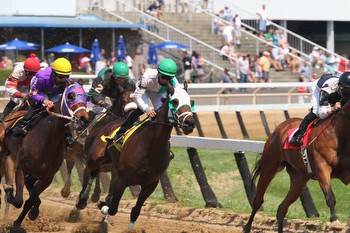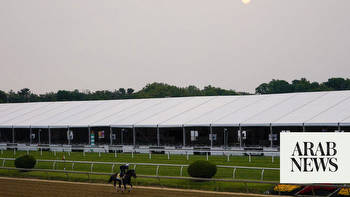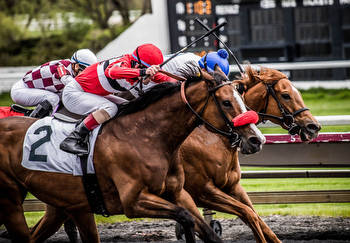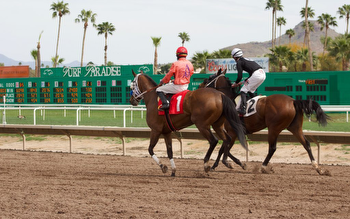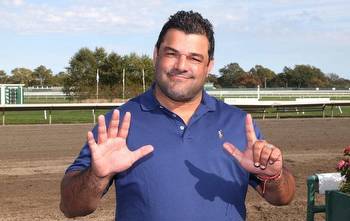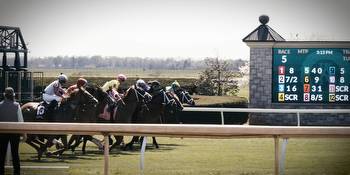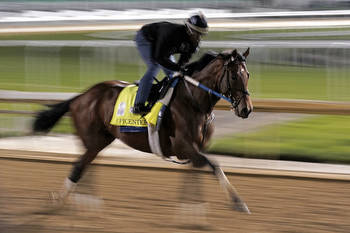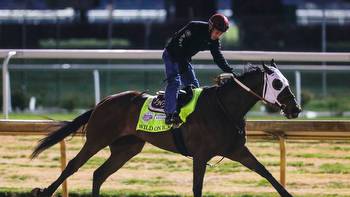National Anti-Doping Measures Will Be Enforced For The First Time At The Breeders’ Cup This Weekend
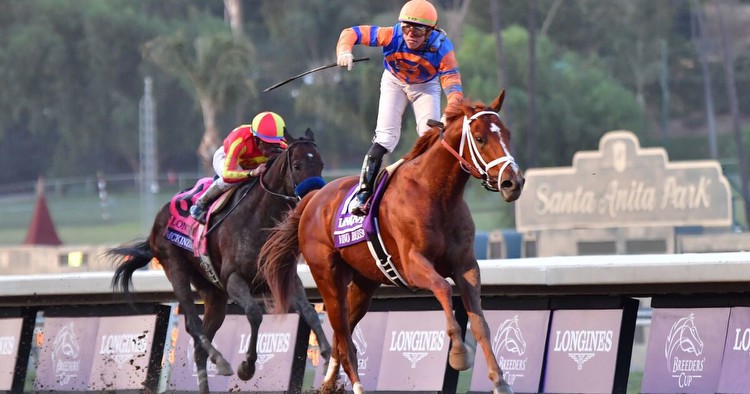
Organizers of the annual Breeders’ Cup on Wednesday announced new national anti-doping measures ahead of the races in Santa Anita this weekend.
The new rules had already been planned before health issues took two contenders out earlier this week. On Tuesday, Practical Move, who was entered in the Breeders Cup Dirt Mile, died of a “cardiac event,” and Arcangelo, a favorite to win the $6 million Breeders Cup Classic prize, pulled out of the race because of a foot issue.
The two-day world championship event will take place for the first time under the jurisdiction of the Horseracing Integrity and Safety Authority (HISA), including the Anti-Doping and Medication Control (ADMC) Program, which took effect in May. It is the first centralized anti-doping program for racehorses in the U.S. — previously, programs were governed by states.
“For the first time ever, we now have national regulations and uniform standards in place to help us change the game forever and for the better,” HISA Chief Executive Officer Lisa Lazarus said at a news conference Wednesday.
The new rules, she said, mean that thoroughbreds across the country are tested for the same substance at the same level in the same laboratories so cases are adjudicated uniformly.
“The ADMC program, standardized rules help protect the integrity of the sport by ensuring that no horse, or horseman, has an unfair advantage,” she said.
Lazarus assured fans that racing is fair and puts the welfare of the horse first.
The Horseracing Integrity & Welfare Unit (HIWU) was established in 2022 to administer the ADMC program. They test blood samples of Breeders’ Cup contenders in three stages: first in July, then in October before the race and then after the race.
In addition, a five-member Breeders’ Cup Veterinary Review Team has started assessing veterinary records of contenders and conducting random physical examinations in the lead up to the race.
Critic weighs in
Despite the precautions, activists like Patrick Battuello, founder of Horse Racing Wrongs, are calling for a complete ban on horse racing. Since 2014, his organization has been documenting “race track kills.”
“We estimate that over 2,000 horses die at U.S. tracks every year. It's about six deaths per day,” he said.
Big race days are not spared, Battuello said, with all the major racing events, including the Kentucky Derby, documenting deaths.
“The bottom line is that they can't protect horses at their most prestigious tracks on their most prestigious days,” he said. “They can't prevent deaths, period, and that’s something we have known for years.”
Despite the safety measures promised by race officials, Bauttello said, nothing changes. Horses are being forced to run at “unnatural” speeds in “close quarters,” leading to the “inevitability of death at the track,” he said.
What do the numbers say?
The latest figures from the California Horse Racing Board show that the number of horse fatalities due to musculoskeletal injuries declined from 39 in 2021 to 26 in 2022. However, the number of deaths overall increased though in the same time period from 66 to 69. Other common causes of death include colic, colitis, enteritis, and respiratory disease.

